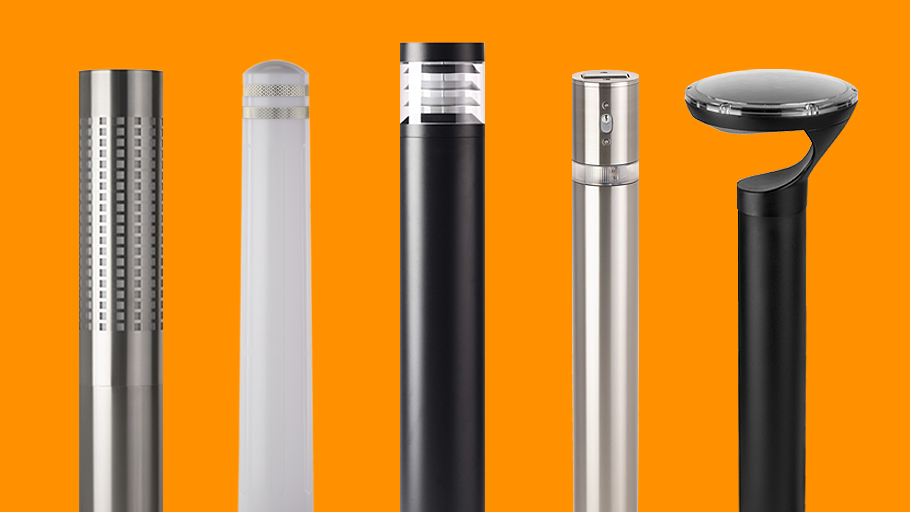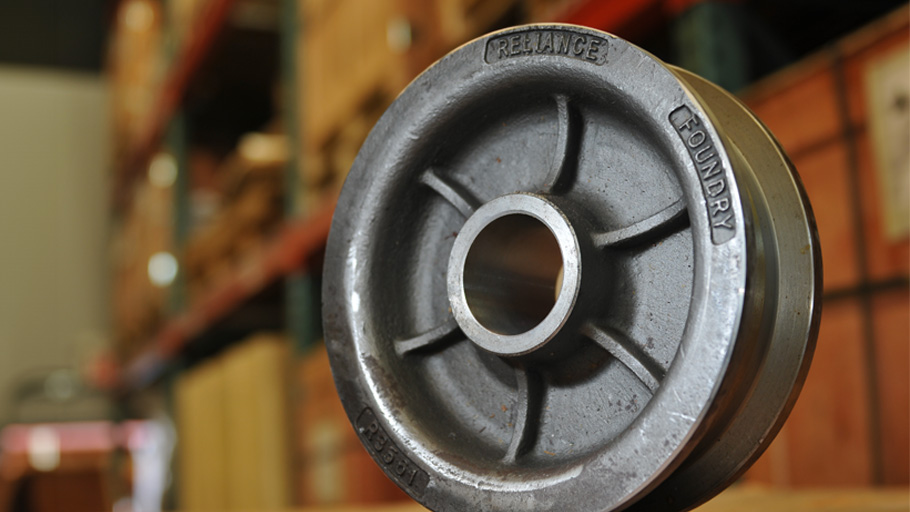Understanding the ASTM standards for crash-rated bollard certification

If you’ve ever driven through a city, you have likely noticed that bollards are an essential part of the urban landscape. These sturdy posts are more than just urban decor; they serve as critical barriers, deterring vehicles from intruding on spaces reserved for foot traffic, and providing a visual and physical guide for cyclists, vehicles, and pedestrians. But beyond these everyday functions, there exists a class of bollards designed to offer protection in the most extreme circumstances—crash-rated bollards. These robust fixtures are engineered to stand as a line of defense in the event of vehicular collisions, mitigating the impact and protecting pedestrians and infrastructure from potential harm. But how can we be assured of their protective capabilities? The key lies in the rigorous process of crash testing and ASTM certification that these bollards undergo.
What is a Crash-Rated Bollard?
Crash-rated bollards are designed to withstand impact, which means they can absorb a hit without breaking, bending, or being uprooted from their foundation. Although steel is the most common material utilized, plastic and aluminum are also sometimes employed. In fact, it is possible to create crash-rated bollards using any material provided it is strong enough to absorb collisions at the desired force. In order for a manufacturer to claim that their products meet specific crash standards, those products must first pass testing procedures set by an independent third party. In 1985, the Department of Defense established K-ratings for these bollards to demonstrate that they could stop a medium-duty truck at various speeds. Today, ASTM International offers a more comprehensive set of standards that includes testing bollards against lighter and heavier vehicle classes.

ASTM Testing Standards
Even though there are numerous test standards, they all assess a system’s capacity to mitigate damage caused by vehicle impact by defining acceptable penetration limits, which can be used to determine whether passive perimeter and active entry point barriers are applicable based on the setback distance at a specific location. ASTM provides standards for a variety of products and materials, including crash-rated bollards.
As part of the ASTM protocol for testing crash rated bollards for their stopping power, a base rating and a penetration rating are assigned. The base rating accounts for the weight and the speed of the vehicle while the penetration rating indicates how far the testing vehicle’s chassis is able to travel beyond the bollard. With ASTM’s new standards, crash-rated bollards are being tested and certified against different types of vehicles at different speeds. The ASTM also classifies the tested crash-rated bollards based on how much further the vehicle could potentially travel beyond the bollard. The most common ratings that are within the ASTM standard are:
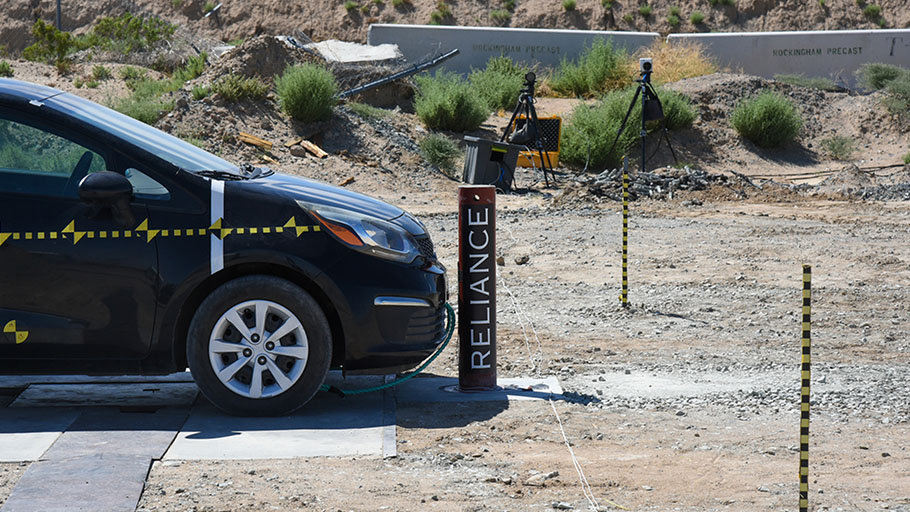
Crash-Rated Simulation Test
Before bollards are tested, crash rated simulations are used to investigate the impact of a collision and the ability of the bollard to withstand the accident. These simulations are used to test engineered crash-rated bollards which were created to pass a specific test at a certain speed.
Results from a crash simulation may be obtained without actually damaging a new vehicle. In this method, computer-based tests may be carried out rapidly and affordably, enabling design improvements to be made prior to the production of a crash-rated bollard. Before investing time and money on a real crash test, issues can be resolved using a simulation that models the test vehicle and the bollard with their physical characteristics as well as the foundation and rebar design.
In a crash-rated simulation, numerical approximations have been employed; however, the accuracy of these simulations is limited by the algorithms used and the assumptions made when modeling the structure. The simulation uses a finite element method (FEM), which means that each piece of the structure is modeled as a group of points connected by lines, called elements. Each element has its own stiffness and damping properties, which determine how it bends and oscillates during an impact.
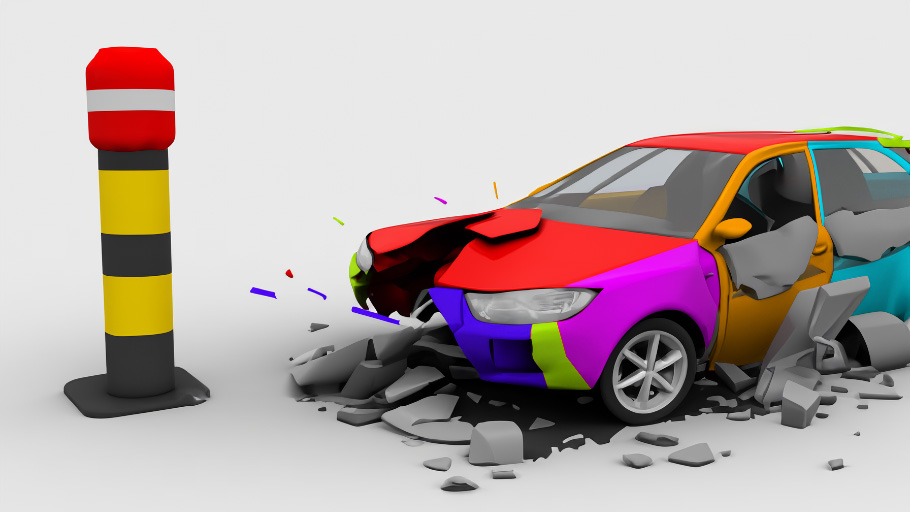
Crash-rated testing process
To ensure the safety of pedestrians and drivers alike, crash-rated bollards are tested by an independent testing facility such as Applus IDIADA or Calspan. The testing process requires the crash-rated bollards to go through several key steps before they are certified.
For example, a bollard may be placed in front of a heavy-duty pickup truck that will be driven at high speeds. This test vehicle simulates what would happen if an accident were to occur involving a large truck, weighing as much, and moving as quickly as those vehicles do regularly on city streets.
Cameras record the entire testing process so that engineers can study how well a bollard absorbed the force of the initial impact. The recording process consists of capturing the installation of the bollard as well as taking photos of the bollard and test vehicle before and after the test is performed. This is done to record the damage caused to the foundation, the bollard, and the test vehicle. To accurately monitor and rate the penetration of the bollard, cameras are set up exactly at the P1 (3.3 ft), P2 (23.0 ft), and P3 (98.4 ft) lines.
During the certification process, test vehicles collide with the bollard at varying speeds determined by the specific level of certification required. For instance, if the goal is to certify a bollard for high-impact scenarios, such as withstanding collisions from large trucks moving at 50 mph, the bollard must undergo testing at that exact speed.
Reliance Foundry’s crash rated bollards have been engineered to meet a certain ASTM rating; meaning they were designed to pass a specific test using calculations or computer simulations. In addition, Reliance Foundry’s crash rated bollards have been tested and certified, which means they have passed crash testing and have obtained a specific rating.
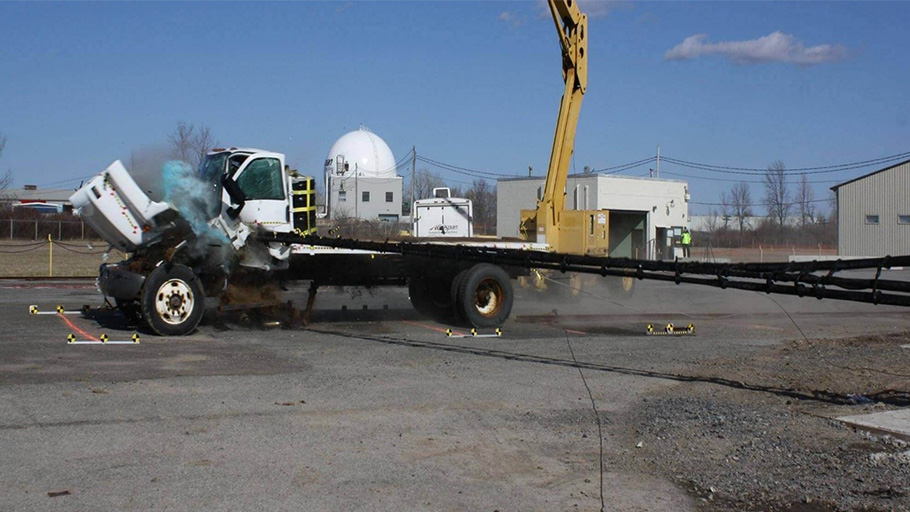
Crash testing stands as a pivotal phase in the evolution of crash-rated bollards, designed to fortify the perimeter of any business space. The durability of these bollards is not merely a structural requirement but a commitment to the protection of personnel who frequent these areas. By prioritizing investment in crash-rated bollards, companies manifest a dedication to enhancing the security of their premises and the welfare of their employees. The process of selecting the right bollard type is critical, serving as a proactive measure against vehicular incidents. It is imperative to navigate the landscape of certifications, such as those provided by ASTM, to discern which bollard meets your unique safety specifications. We invite you to explore our selection of crash-rated bollards, each accompanied by detailed ASTM certification, to ensure your choice upholds the highest standard of safety and reliability.

